Acer Predator G1-710 Bruksanvisning
Läs gratis den bruksanvisning för Acer Predator G1-710 (98 sidor) i kategorin Skrivbord. Guiden har ansetts hjälpsam av 20 personer och har ett genomsnittsbetyg på 4.9 stjärnor baserat på 10.5 recensioner. Har du en fråga om Acer Predator G1-710 eller vill du ställa frågor till andra användare av produkten? Ställ en fråga
Sida 1/98

- 1
Predator G1-710
User’s Guide
Produktspecifikationer
| Varumärke: | Acer |
| Kategori: | Skrivbord |
| Modell: | Predator G1-710 |
Behöver du hjälp?
Om du behöver hjälp med Acer Predator G1-710 ställ en fråga nedan och andra användare kommer att svara dig
Skrivbord Acer Manualer

12 Oktober 2025

12 Oktober 2025

12 Oktober 2025

4 September 2025

1 September 2025

10 Juni 2025

10 Juni 2025

10 Juni 2025

10 Juni 2025

10 Juni 2025
Skrivbord Manualer
- Wehkamp
- Alienware
- Intel
- Lenovo
- MSI
- Packard Bell
- Dell Wyse
- Altra
- Kendall Howard
- Axis
- VXL
- Fromm-Starck
- Insignia
- Asrock
- Medion
Nyaste Skrivbord Manualer
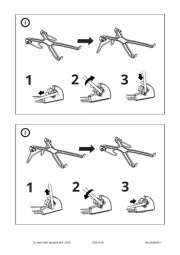
12 Oktober 2025
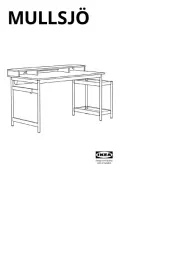
12 Oktober 2025

12 Oktober 2025
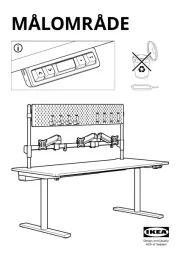
12 Oktober 2025
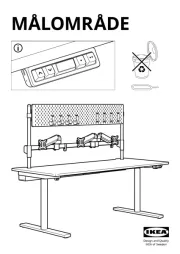
11 Oktober 2025
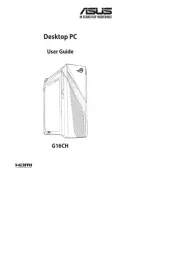
8 Oktober 2025
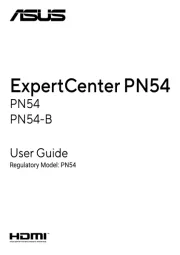
8 Oktober 2025
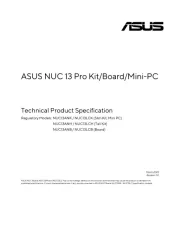
8 Oktober 2025
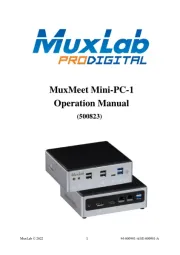
4 Oktober 2025
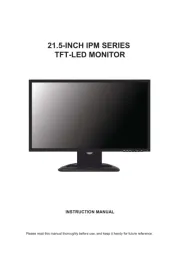
2 Oktober 2025